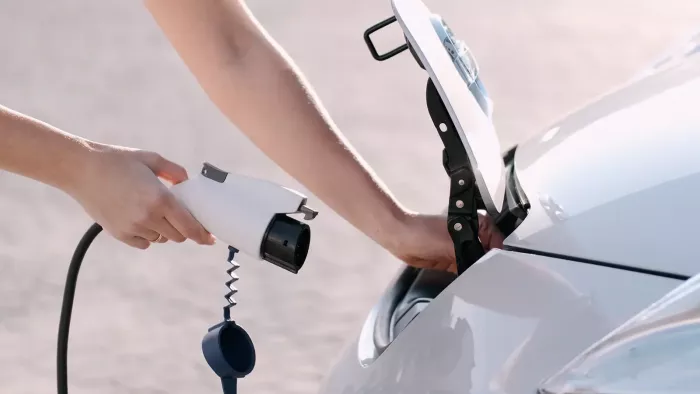Charging an electric vehicle at home or work has become more common these days. While most EV chargers work well out of the box, a few small changes can help make things faster, smarter, and more cost-effective. Whether it's the way the charger is used or where it's installed, each detail can improve the charging experience.This article provides simple tips that can help get the most out of every charge.
Level 1 chargers use a standard household outlet and take longer to fully charge a vehicle. On the other hand, Level 2 chargers use 240 volts and can charge much faster. If an EV is used often, especially for longer commutes, upgrading to a Level 2 charger can save hours each week. Although Level 1 works for overnight charging, Level 2 offers more flexibility and makes it easier to top off during the day.

Where a charger is installed makes a big difference in how easy and efficient it is to use. The cable should reach the car without stretching too far, and the charger should stay dry and protected from weather. Keeping it close to the parking spot also reduces wear on the charging cord. Aside from that, a well-placed charger makes daily use smoother and helps avoid small annoyances that add up over time.
Keep in mind that charging when demand is lower can lead to big savings, especially over months of use. There are many EVs and chargers you can find that have built-in timers or app settings that allow charging to start at a certain time. Setting a schedule helps avoid higher prices and can also ease the load on the local power grid.In addition to that, the battery still gets a full charge before the next drive.
Don’t forget that regular checking helps to evaluate the charging port and cable regularly for wear or damage. Wiping the cable down and making sure it’s coiled neatly can keep it in better shape for longer. Making sure that your charger that’s well cared for will perform better and last longer. On top of that, avoiding sharp bends or twists in the cable prevents cracks or fraying that could interrupt charging.
Smart chargers come with apps or displays that show how much power is being used, how long charging will take, and what the cost will be. Most smart chargers suggest the best times to charge. These features can make a change in how charging is managed day to day. With this kind of control, it’s easier to spot patterns and adjust habits to fit a daily routine. Over time, this can lead to better use of energy.
While it’s tempting to charge all the way to 100%, doing that can put extra strain on the battery. Letting the charge drop too low also isn’t ideal. Keeping the charge level between 20% and 80% helps the battery stay in better shape. Many car settings let drivers choose how full they want the battery to get. Choosing this middle range can slow the battery and still provide enough power for most trips.
Just like phones or computers, EVs and chargers sometimes get software updates that improve how they work. These updates can boost charging speed, improve safety features, or add new tools to the system. Checking for updates every few months ensures the setup is working as well as possible. In most cases, updates are easy to install through a connected app or with a simple button press on the unit.
Taking a few minutes to follow these tips can help make charging quicker and more efficient. Small steps like using off-peak hours or keeping the electric vehicle charger clean don’t take much effort, but they go a long way. A smart setup saves time and helps the battery last longer. With the right habits, charging an electric vehicle can feel just as simple as filling up at the pump, without the gas station smell.
Be the first to post comment!